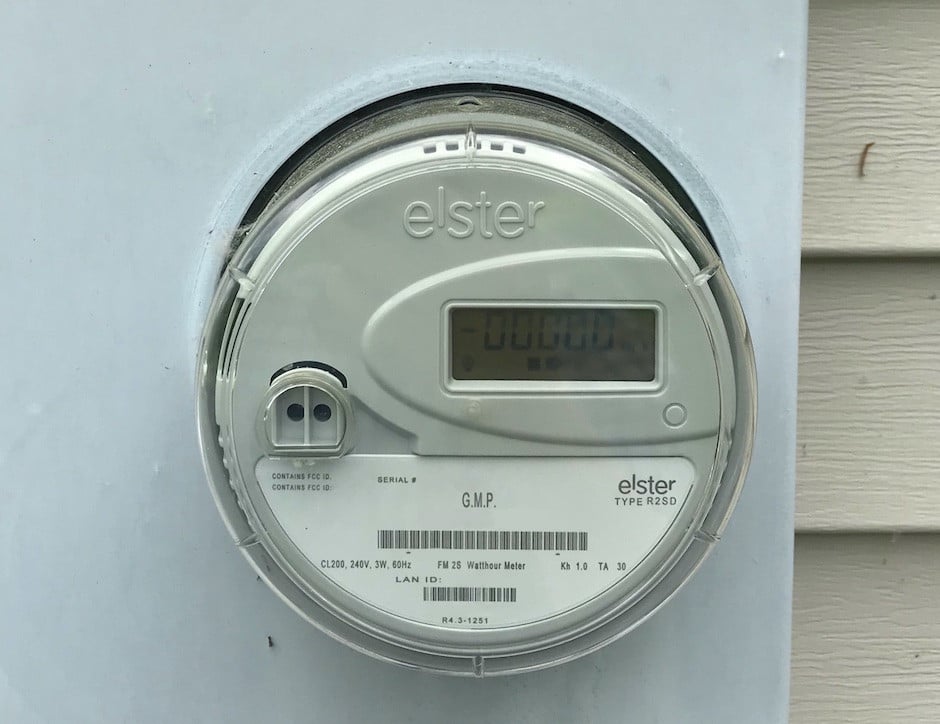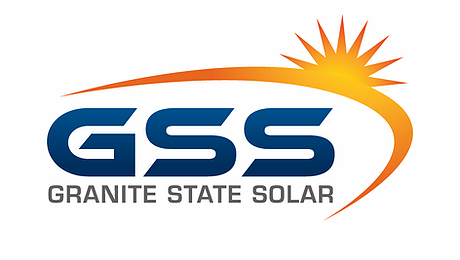How Does Net Metering Work in New Hampshire?
It pays to switch to renewable energy. Here's how net metering and other New Hampshire solar incentives boost your return on investment.

Install solar. Insert plug. Run your house on the power of the sun. Simple, right? Well, if that were the case, you’d only get a fraction of the full benefit of your solar panels. In New Hampshire, that’s where net metering comes in.
Why We Need Net Metering
The sun can provide a ton of energy—enough to continuously run a 25-inch TV on every square inch of the earth and then some. But, in the real world, the hours that the sun is up and the hours when our homes need the most juice don’t always overlap. Think about it—you don’t need all your lights on when there’s plenty of natural sunshine streaming in or when you’re at work. (And on the flip side, ever wonder how much power you use to watch The Office on Netflix until bed?) Fortunately, New Hampshire has a net metering program to help you get more out of the sun’s potential.
What Is Net Metering?
“Any solar customer can net meter here in New Hampshire,” says Eric Kilens, senior solar adviser for Granite State Solar. A solar array produces power (measured in kilowatt-hours, or kWh) during the day. Some of this energy feeds the devices and appliances in your home in real-time. (Even if you’re not home, things like your fridge, computers, or modem still use power.)
But, when the sun is at its peak, your system generates far more power than you need. With net metering, this energy doesn’t go to waste. It feeds back into the grid, so other folks in your area can power their homes on green energy. Importantly, you get paid for the energy you supply to the utility company.
“The net meter that gets installed will keep track of the flow of electricity,” Kilens explains. “That meter is bidirectional, spinning backward or forwards. If the solar array is producing more power than what is needed, the excess will go back out to the grid and the customer will sell it to the utility company.”
What Are Net Metering Credits?
Your meter counts these out-going kilowatt-hours and your utility company credits your electric bill for the corresponding amount.
The same is true for the opposite scenario: “If more energy is being used than what the solar array can provide, the meter will spin forwards and the customer will buy power from the utility company,” Kilens says. So, when the sun goes down or during times of lower solar production, like winter, the energy you use from the grid is largely or entirely paid for by the credits you’ve accumulated during the day or summer.
Net Metering by State
Net metering rates vary state by state. In New Hampshire, the rate is determined by a formula created by the Public Utilities Commission (PUC). Three costs determine how much you get paid for your solar power: supply, transmission, and distribution. “Utilities have to compensate the customer 100% for the supply, 100% for the transmission, and 25% of the distribution,” says Kilens. To put this into dollar amounts, the power company Eversource, for instance, may charge 18 cents per kWh, but you sell electricity back to the utility for 12 cents per kWh.
While utilities may change the cost of electricity, know that the formula rates are locked in until 2040—as opposed to other states where net metering rates are more volatile year-to-year. Another upside to New Hampshire’s net metering rules is that the credits you accumulate are yours in perpetuity. Other states take a use-it-or-lose approach to net metering. And, if your credits exceed $100, you can request it as cashback once annually.
Separate net metering rates apply for systems larger than 100 kW (to a max of 1,000 kW, or 1 megawatt), though, in GSS’s experience, most residential and even most commercial projects are under this 100-kW threshold.
How do Renewable Energy Certificates (RECs) Work?
Net metering isn’t the only reason solar is valuable. In New Hampshire, you have the option to sell renewable energy certificates, or RECs, to the utility. One REC is equivalent to 1,000 kWh of generated solar power. For instance, an average residential system is 8 kW, which can produce upwards of 10,000 kWh. This generates about 10 RECs per year,
As part of the Renewable Portfolio Standard, New Hampshire law requires that electricity providers obtain a certain percentage of electricity from renewable sources (i.e. wind, biomass, and, of course, solar), Kilens explains. If they don’t meet this percentage, they’re hit with a costly payment to the PUC. Fortunately for them—and you—they can make up that percentage by buying RECs. “It’s a win-win for both parties,” says Kilens. “This keeps the electricity providers in compliance and provides solar customers with some additional revenue.”
To create RECs, solar owners must register their solar system with NEPOOL Generation Information System, a process that Granite State Solar assists its customers with.
Do you have more questions about net metering? Our solar advisors are here to get you all the answers. Reach out to our team today!
By Julia Westbrook

Leave a Comment